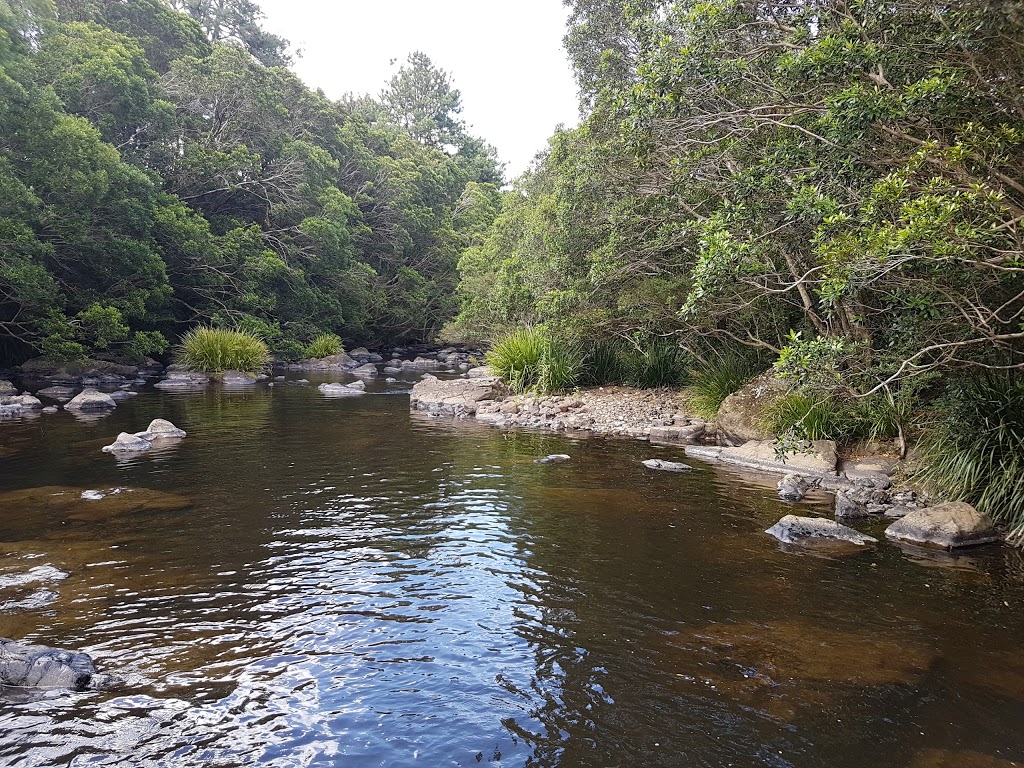

Eutrophication, warming, and predator abundance strengthen the trophic cascade effects on phytoplankton, suggesting that top-down control will be.


One of the most well-documented cases of trophic cascade is that of the Yellowstone National Park where wolves were re-introduced after having been absent for 70 years. Furthermore, fish trophic levels can modify the strength of trophic cascades, but an even number of food chain length does not have a negative effect on primary producers in real ecosystems. While research is ongoing to fully understand these functions there are a number of well-established examples that illustrate the concept of a trophic cascade and reveal the various links that exist between species and plants many of those links are far from evident and quite surprising! Trophic cascade and wolves from Yellowstone This in turn led to decreased populations of large-bodied herbivorous zooplankton, which are consumed by small pelagic fishes, which then led to an increase in the phytoplankton. In this activity, students model trophic cascades using cards of organisms from seven different habitats. For instance, wild boars in Malaysia stopped foraging in the forest when they started eating farmers’ oil palm fruits instead. This often happens in farming communities. Trophic cascade phenomena do not only control species composition of an ecosystem but also biomass, and production of herbivores and plants.įor example, overfishing of cod and other commercially exploited fish in the North Atlantic Ocean has led to an increase in small pelagic fish which would have otherwise been consumed by cod as well as snow crab and shrimp. Dungy After the reintroduction of gray wolves to Yellowstone and, as anticipated, their culling of deer, trees grew beyond the deer. The third kind of trophic cascade can occur when species find secondary sources of food outside of a particular ecosystem. Originally thought to be rare, trophic cascades are now understood to occur across diverse terrestrial, freshwater and marine ecosystems as well as in both a bottom-up and a top-down way. When raw soil from a citrus orchard was augmented with either 2,000 Steinernema riobrave or S. Duncan1 Abstract: Laboratory experiments were conducted to study non-target effects of augmenting entomopathogenic nematode (EPN) communities in soil. This is what scientists are now calling the phenomenon of “trophic cascade”, a term coined by ecologist Robert T. Orchard: Non-Target Effects of a Trophic Cascade F.


 0 kommentar(er)
0 kommentar(er)
